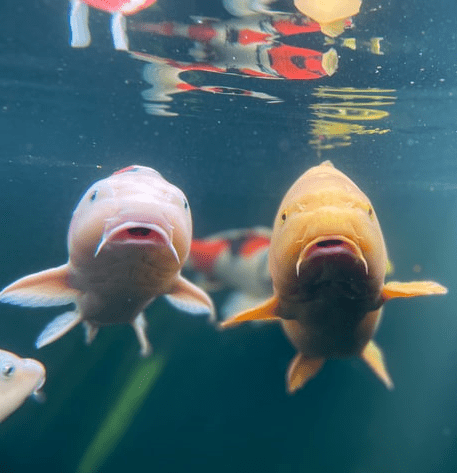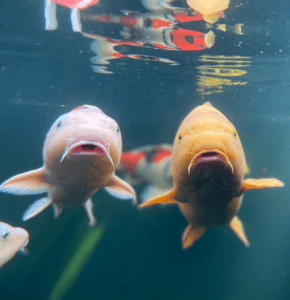6 Strategies to Make a Powerfully Winning Major Donor Pitch that Gets Top Results
I could just say (1) prepare, (2) prepare, (3) prepare, (4) prepare, (5) prepare, and (6) prepare.
Did I mention that you really need to prepare?
Preparation is the meta-message of Shark Tank’s “Mr. Wonderful,” Kevin O’Leary, to would-be entrepreneurs seeking to get spots – and funding – on the television show.
In “How to Present the Perfect Pitch: From the Shark Tank to the Boardroom” he offers 10 strategies to help you ace a fundraising pitch. Whether you’re seeking venture capital or a philanthropic gift, many of the principles are the same.
I’ve selected six strategies I find perfectly aligned with what it takes to make a successful nonprofit ask. I’ve also suggested some action tips. Take them to heart, and you’re sure to make your next in-person fundraising presentation a winner.
Oh, and there’s one more important thing, says O’Leary:
“The number-one rule is to make your pitch incredibly dynamic.”
Let’s do it!
Details








 What the heck are “planned gifts?”
What the heck are “planned gifts?”
 Are you in the right pond?
Are you in the right pond?